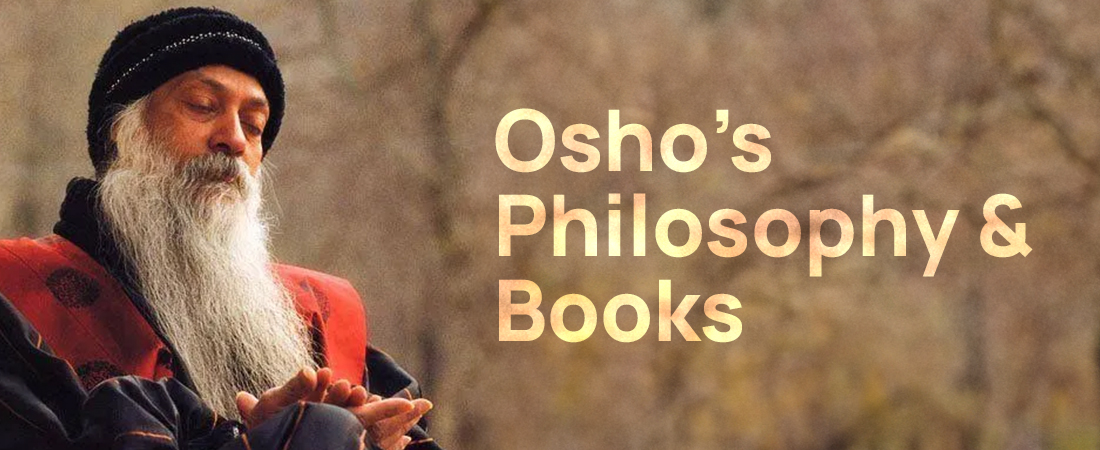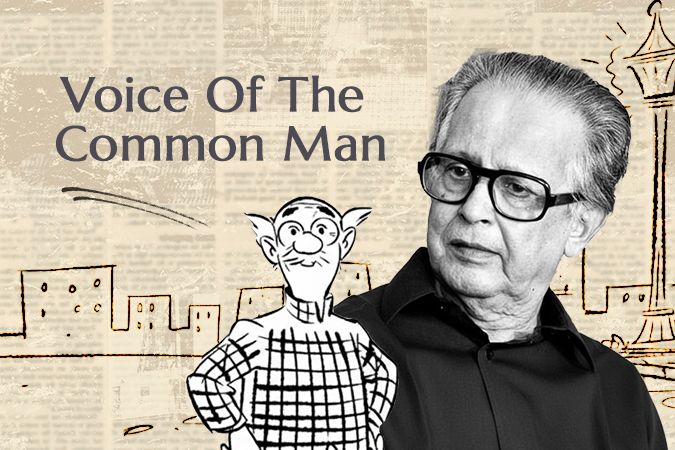
Spiritual master Osho, also known as Bhagwan Shree Rajneesh, left behind a vast body of work that continues to inspire seekers worldwide. Unlike traditional spiritual teachers, Osho advocated for a path that didn’t reject worldly pleasures but rather integrated them with spiritual growth. His dynamic meditation techniques were specifically designed for the modern mind, incorporating physical movement, breathing and catharsis before reaching stillness. Here’s an attempt to answer some of the most common questions about Osho’s philosophy and his teachings that challenged the norms.
To know more about Osho’s personal life and his evolution from a student of philosophy to a global spiritual leader, read: Who Is Osho? The Controversial Guru & Bestselling “Author”
Osho developed a unique approach to spirituality that combined Eastern mysticism with Western psychology. He believed that spirituality should be joyful and celebratory, not somber or restrictive. His core teachings emphasized living life fully and consciously, embracing both meditation and celebration.
Osho designed active meditations to bring awareness to the present moment and dissolve inner conflicts. He stressed the importance of individual freedom and self-discovery (like in Living On Your Own Terms), encouraging followers to question societal norms and embrace their unique selves.
Several of Osho’s books have significantly impacted spiritual seekers worldwide. The Book of Secrets contains his commentary on the ancient Vigyan Bhairav Tantra, offering 112 meditation techniques. Autobiography of a Spiritually Incorrect Mystic provides insights into his life journey and philosophical evolution. Dhyan Sutra and The Orange Book introduce his basic meditation techniques, while Meditation: The First and Last Freedom serves as a practical guide to various meditation methods. His discourses on Zen, collected in books like Zen: Take It Easy and Zen: The Path of Paradox, have also garnered widespread recognition. These books on Osho’s philosophy and teachings offer readers deep insights into his ideologies and practice.
Also read: 7 Osho Books That Will Change Your Perspective Of Life
Osho was known for his critical stance toward organized religion and traditional spiritual practices. He believed that many religious traditions had become stagnant, focusing more on ritual and dogma than true spiritual transformation. Instead, he encouraged his followers to question everything, including his own teachings, and to discover their personal truth through direct experience rather than blind faith.
His unorthodox approach sparked controversy but also attracted those seeking a more contemporary and experiential approach to spirituality.
Osho’s meditation techniques stand out for their dynamic and cathartic nature. Understanding that modern humans carry significant mental and emotional baggage, he developed methods like Dynamic Meditation and Kundalini Meditation that begin with active phases of movement, shaking, or dancing before transitioning into silence.
These techniques aim to release suppressed emotions and energy blockages first, making it easier to experience genuine meditation and inner silence afterward.
Osho’s books on yoga and meditation explores the transformative power of reflection and movement to bring awareness to the present moment. They invite readers to embrace the spiritual and physical union that leads to inner peace and enlightenment.
In his teachings about relationships and love, Osho emphasised the importance of emotional freedom and authenticity. He spoke extensively about moving beyond traditional possessive relationships toward what he called “conscious relationships.”
His book Flight of the Alone to the Alone explores these themes, suggesting that true freedom can only emerge when individuals are deeply rooted in their own being and free from emotional dependencies of the ego. This perspective challenged conventional views but offered fresh insights into human connections.
Osho viewed work as a form of meditation and creative expression. He taught that work should be approached with total awareness and involvement, transforming it from a burden into a joyful activity. His book Creativity: Unleashing the Forces Within explores how creativity isn’t limited to artistic pursuits but can be expressed in all aspects of life. He encouraged finding one’s natural talents and expressing them with awareness and totality.
The Osho Upanishad is a collection of Osho’s discourses that explores fundamental existential questions through a modern interpretation of ancient wisdom, offering readers insights into meditation, love and self-discovery.
For beginners, starting with Osho’s more accessible works like The Book of Wisdom or Jeevan Ki Khoj is recommended. His discourses are available in both written and audio formats. Many find it helpful to begin with his practical meditation guides while gradually exploring his more philosophical works. The Osho International Meditation Resort in Pune, India, continues to offer programs based on Osho’s philosophy and his teachings, though one can practice his meditation techniques anywhere.
Osho’s teachings continue to resonate with contemporary seekers due to their emphasis on integrating meditation with modern life. His insights into psychological freedom, emotional healing, and the balance between materialism and spirituality address many challenges faced by today’s individuals. His approach to mindfulness and meditation, which acknowledges the complexities of modern life, offers practical solutions for stress, anxiety, and the search for meaning in an increasingly complex world.
Did you know that Osho was also a voracious reader. Check out this article for some of his top book recommendations: 13 Books Recommended by Osho: A Gateway to Self-Discovery



